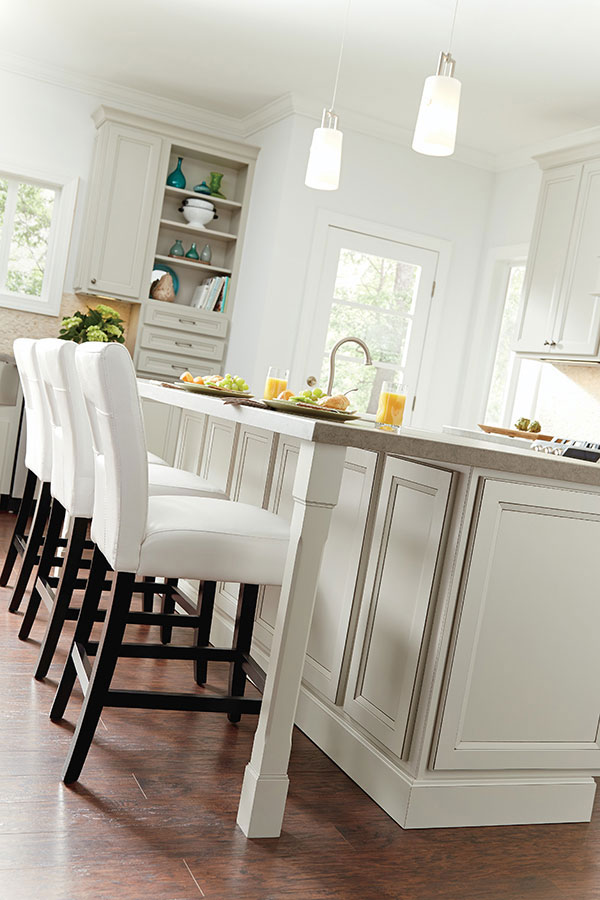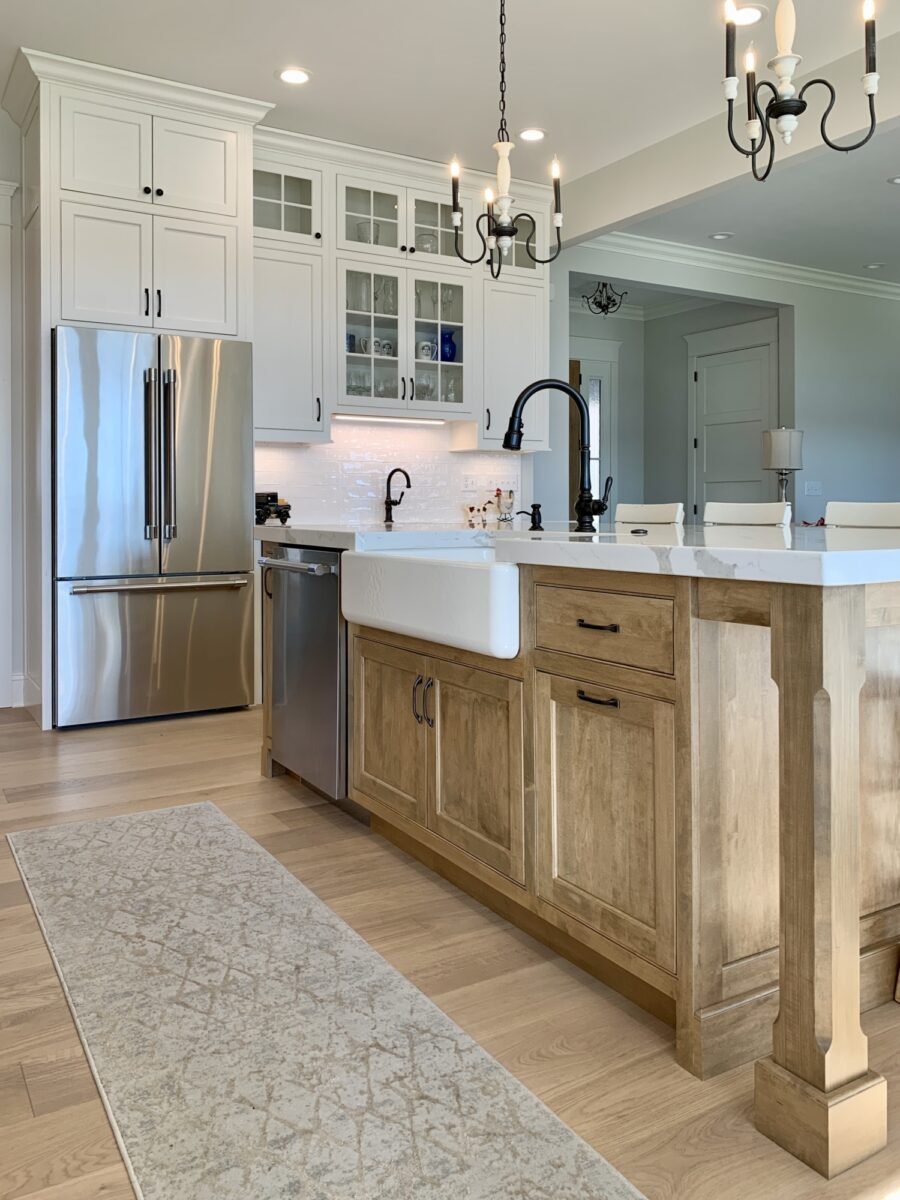Produce a Stunning Centerpiece with Classy Legs For Kitchen Island
Produce a Stunning Centerpiece with Classy Legs For Kitchen Island
Blog Article
Important Elements to Consider When Selecting Legs For Kitchen Island
Choosing the appropriate legs for a cooking area island involves a cautious assessment of numerous elements that can dramatically influence both capability and aesthetic charm. As we explore these components, it ends up being clear that each choice can have far-reaching ramifications for the overall kitchen area experience.
Product Options
When selecting legs for a kitchen area island, understanding the different product options is crucial for achieving both aesthetic appeal and structural stability (Legs For Kitchen Island). The selection of material substantially affects not just the sturdiness of the island yet additionally its total layout and functionality
Wood is a preferred selection, providing warmth and adaptability. Solid woods, such as oak or maple, provide toughness and can be tarnished or painted to match the kitchen design. Steel legs, usually made from stainless-steel or functioned iron, contribute a contemporary and commercial feel while guaranteeing durability and security. These products are immune to put on and can sustain substantial weight, making them optimal for larger islands.
One more choice is engineered materials, like MDF or plywood, which can be more affordable while still offering a variety of coatings. They might not give the exact same level of stability as strong timber or steel. Legs For Kitchen Island. Finally, materials such as acrylic or glass can develop a modern look, though they may call for extra support to guarantee stability.
Eventually, the selection of product for kitchen area island legs ought to straighten with the preferred performance and the overall motif of the kitchen area.
Style and Style

When taking into consideration style, the shape and surface of the legs are important. Conical legs can give a feeling of agility and elegance, while thicker, more robust legs can convey stamina and stability. Furthermore, the surface-- be it painted, stained, or natural-- should complement the cabinetry and counter top materials to create a unified look.
Moreover, the design of the legs can additionally mirror personal taste. Custom or ornamental legs, such as those including complex makings or distinct geometric shapes, can serve as focal factors, including personality and personality to the kitchen. Inevitably, the appropriate selection will not only boost capability however also elevate the aesthetic allure, making the kitchen area island a standout feature of the home.
Elevation Factors To Consider
Selecting the suitable elevation for kitchen area island legs is crucial, as it straight affects both functionality and convenience. The common height for a kitchen island commonly ranges from 36 to 42 inches, aligning with typical counter top heights. A 36-inch elevation is optimal for food prep work and cooking, allowing for comfortable use kitchen appliances and tools. Alternatively, an elevation of 42 inches is typically chosen for islands meant for bar seats, accommodating taller feceses and offering an informal dining experience.

It is additionally important to make up individuals' heights and choices. Tailoring the height can ensure a comfy experience for all family participants, making the kitchen island a more functional and satisfying area.
Weight Assistance
Guaranteeing adequate weight support for cooking area island legs is crucial for both safety and capability. The kitchen island often offers multiple functions, including food prep work, dining, and additional storage space, necessitating a durable support structure. When picking legs, it is important to consider the general weight ability required based upon the island's meant usage and the products that will be positioned on it.
The choice of product for the legs plays a substantial function in their weight-bearing capacities. Solid wood, metal, and durable composites normally provide remarkable strength contrasted to lighter materials. Furthermore, the design of the legs-- whether they are straight, tapered, news or have a pedestal form-- can affect their capacity to disperse weight properly across the structure.
Moreover, the leg positioning need to be tactically intended to improve stability. Legs positioned at the edges or with a wider base can better sustain heavier lots. Always seek advice from the supplier's specs regarding load restrictions to guarantee that the legs can sustain the designated weight without endangering safety and security. In recap, picking cooking area island legs with sufficient weight support is vital for producing a useful and secure cooking room.
Installment and Upkeep
Appropriate installation and upkeep of cooking area island legs are essential for making sure longevity and security. This frequently entails protecting the legs to the island base making use of proper bolts, making sure that the legs are degree and straightened.
Once mounted, regular upkeep is necessary to maintain the integrity and appearance of the legs - Legs For Kitchen Island. navigate here For wood legs, periodic cleansing with a damp fabric and application of suitable wood gloss can prevent wetness damages and maintain their surface. Steel legs may need a mild cleansing remedy to get rid of grease and gunk, adhered to by a dry fabric to protect against rust formation
In addition, inspect the legs frequently for indicators of wear or damages, such as splits or loose joints. Tightening screws or bolts as needed can also extend the life expectancy of the legs. By adhering to these installment and maintenance This Site practices, property owners can ensure that their cooking area island remains tough and aesthetically appealing for many years to come.
Final Thought

Aesthetic comprehensibility is extremely important in selecting the style and layout of legs for a cooking area island, as these elements considerably affect the total setting of the space. Tapered legs can offer a feeling of agility and style, while thicker, more robust legs can convey stamina and stability.Picking the appropriate height for kitchen island legs is critical, as it straight impacts both functionality and comfort. In summary, selecting kitchen island legs with sufficient weight support is important for producing a risk-free and practical culinary area.
In final thought, choosing legs for a kitchen area island necessitates careful consideration of various factors, including product alternatives, design, elevation, weight support, and setup.
Report this page